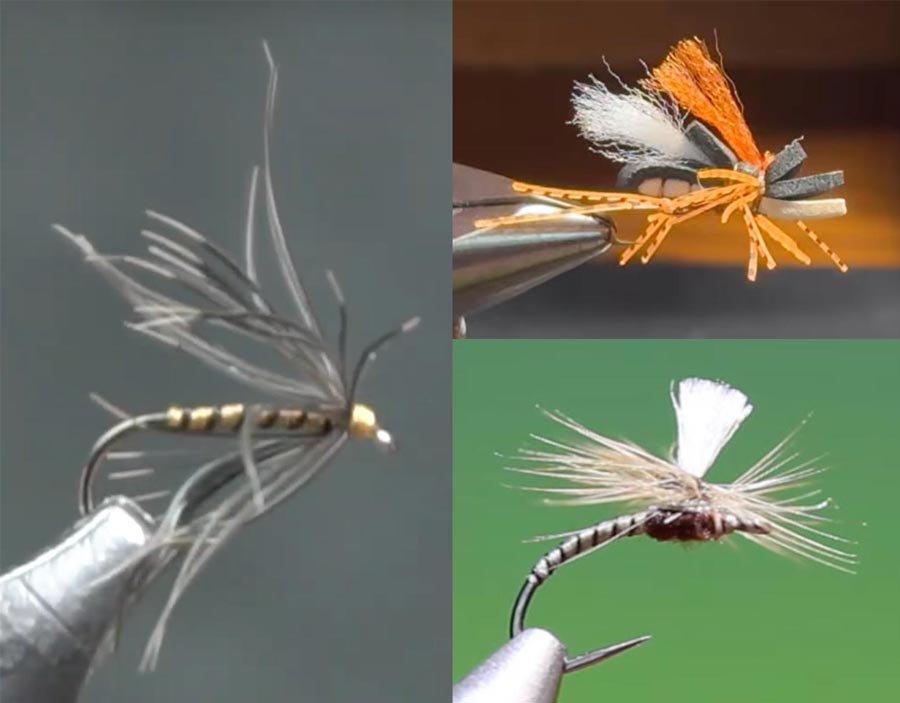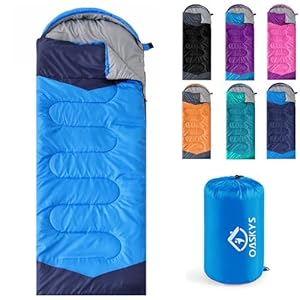
This week’s Tying Tuesday features three patterns fished on or near the surface. We kick things off with my old friend, Rob Streeter, demonstrating his method for tying a high-floating Fat Albert variant, which will make a great indicator fly, beetle imitation, or all-around attractor fly. Next up, Andy from Andy’s Flies walks us through a classic North Country Spider first tied by T.E. Pritt in the late 1800’s. It’s an easy tie and looks super buggy. It will surely attract trout dead-drifted or on the swing. Finally, English tier Barry Ord Clarke ties a Midge Emerger in the Klinkhamer style. His video is full of cool tricks—such as repositioning the fly in the vise—that will help you tie any parachute pattern.
Foam Fat Albert
Hook: Standard hopper hook, size 10.
Thread: Brown, 8/0 or 70-denier.
Body: Black and tan foam, stacked.
Underbody: Brown tying thread.
Rear Legs: Orange-and-black Sili Legs.
Wing: White Z-lon.
Wing case: Black foam.
Front Legs: Orange-and-black Sili Legs.
Hot spot: Orange Antron.
Legs: Orange-and-black Sili Legs.
Adhesive: Head cement.
Tools: Razor blade, hackle clip, dubbing needle.
Water Crickert
Hook: Standard dry-fly hook, size 14.
Thread: Yellow or orange, 8/0 or 70-denier, waxed.
Hackle: Starling wing feather.
Body: Tying thread.
Rib: Black silk thread, waxed.
Head: Tying thread, waxed.
Tools: Hackle pliers, thread wax, razor blade, small brush.
Klinkhamer Midge Emerger
Hook: 1X-short curved caddis hook (here a Mustad Heritage C49), size 16.
Thread: Gray, 14/0 or 50-denier.
Wing Post: White Para Post.
Adhesive #1: Superglue.
Body: Tying thread.
Rib: Tying thread colored black with permanent marker.
Hackle: Medium dun.
Thorax: Mahogany Super Fine dubbing.
Hackle tie-off: Tying thread, waxed.
Adhesive #2: Superglue.
Tools: Thread wax, dubbing needle.
Trending Products










